Spiral Inquiry: Mysticism has been anathema to the modern, technologically oriented, scientifically literate human mind for more than a century. Isaac Newton (1643-1727) may have dabbled in the esoterica of alchemy, and Johannes Kepler (1571-1630) believed in astrology, but by the 20th century, it is safe to say, empirical science had relegated mysticism to the fringes, along with superstition, spiritualism and traditional medicine and other cultural practices. The corresponding belief about the world is that it is orderly, comprehensible, mathematical and rational.
Yet this has, over the course of the last century, proven to be an illusion. As I stated in my 2015 FQXi Essay “The Hole at the Center”:
“in pursuing fundamental questions on the nature of creation, of logical order, and of consciousness, we are led inexorably to an infinite void… that we cannot cross without reaching for a transcendent metaphysical explanation. Yet, precisely because it is transcendent, we have no empirical evidence for such an explanation and can only make intuitive judgments in choosing between alternatives. “
This is precisely why, in my view, we need to embrace mysticism in order to understand the world. And to do this we need to sharpen our intuitive skills.
This recent article from Emergence Magazine, offers an interesting way to approach this challenge – through the ancient technology of the koan. How do we understand a world, and our experience of it, that is, at the deepest level, not rational? By facing the incomprehensibility with our mind, our heart and our soul (however you define it). For what it’s worth, this is a much better answer than the one I tried to give in my essay.
Introduction: Immersing us in the ancient tradition of Zen koan, Australian writer and Zen teacher Susan Murphy Roshi shares the power of the not-knowing mind to open a treasury of resources for navigating the climate crisis.
Source: Earth as Koan, Earth as Self – with Susan Murphy Roshi
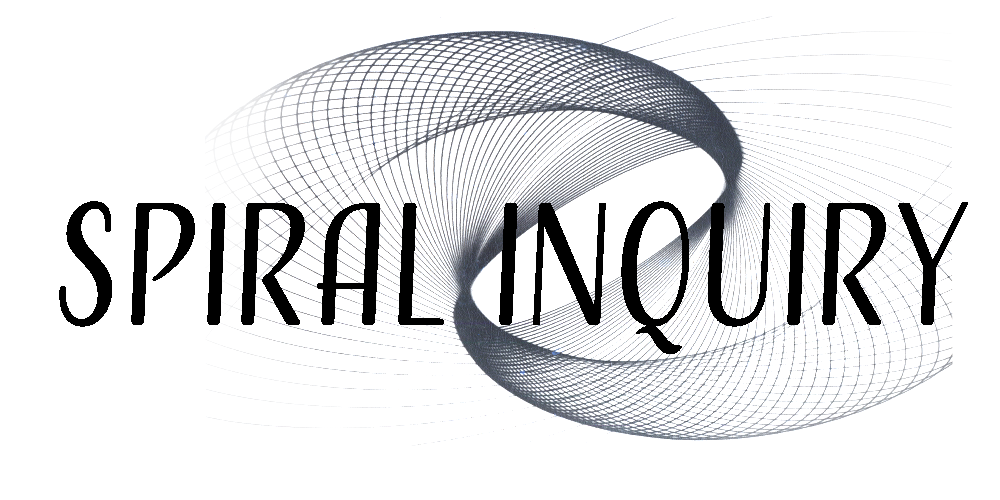
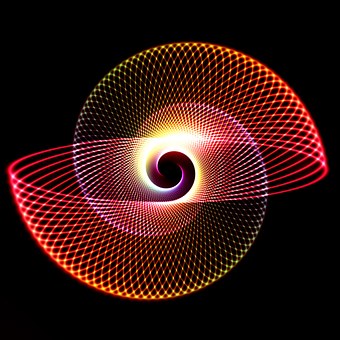
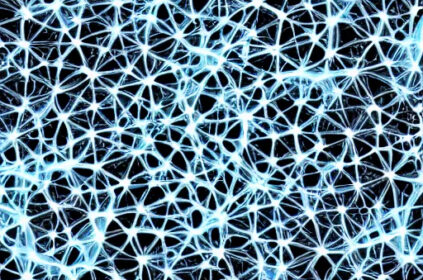

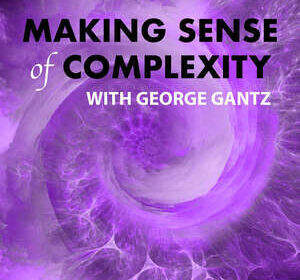
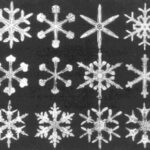

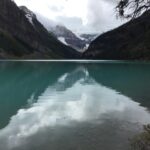


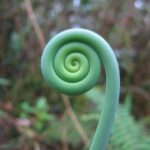





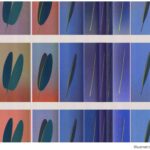
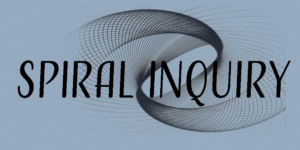
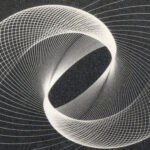
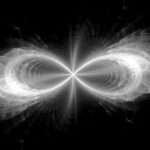

[…] FYI: I’ve served on the Board of Long Now Boston and helped run events about Deep Time since 2019. I’ve also written about Deep Time in Spiral Inquiry before: Good News, Bad News; Greatest Party of All Time; Launching the Future. And earlier this month, I discovered a wonderful idea, which I posted, featuring Susan Murphy Roshi: The Earth As Koan. […]